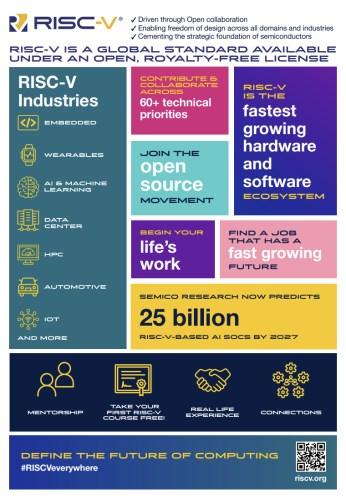
Developed as an alternative to ARM and x86 processor architectures, RISC-V continues to gain power in the chip market. Developed as open source, the RISC-V instruction set has achieved great success by shipping 10 billion cores globally.
RISC-V may be more common than ARM and x86 systems in the future
RISC-V, developed by the University of California, Berkeley, attracted attention with new announcements at the Embedded World event held recently. Calista Redmond, CEO of the RISC-V International Foundation, announced that there are 10 billion RISC-V cores on the market. Comparing RISC-V to Linux in terms of hardware, Redmond stated that open standards are very important. ARM, the leader of the mobile world, reached 10 billion core shipments in 2008 after a 17-year period. RISC-V, on the other hand, has reached this point in just 12 years. CEO Redmond also stated that RISC-V could reach 80 billion core shipments by 2025.
What is RISC-V?
ARM and MIPS-like architectures are mainly based on the RISC architecture. RISC, defined as Reduced Instruction Set Processing, contains simpler instruction sets than CISC systems. Contrary to the CISC architecture, RISC, which has fewer instructions and makes fewer addressing modes, draws attention with its less power consumption.
Since no one has been successful using RISC architecture other than ARM, it has not been able to compete with ARM. But the RISC-V architecture, developed by the University of Berkeley in 2010, has caught the attention of tech giants as an open source architecture. Alibaba and SiFive have contributed greatly to the development of the platform by developing RISC-V-based processors. RISC-V, which is also used in 5G technologies, is slowly finding its place in the sector.